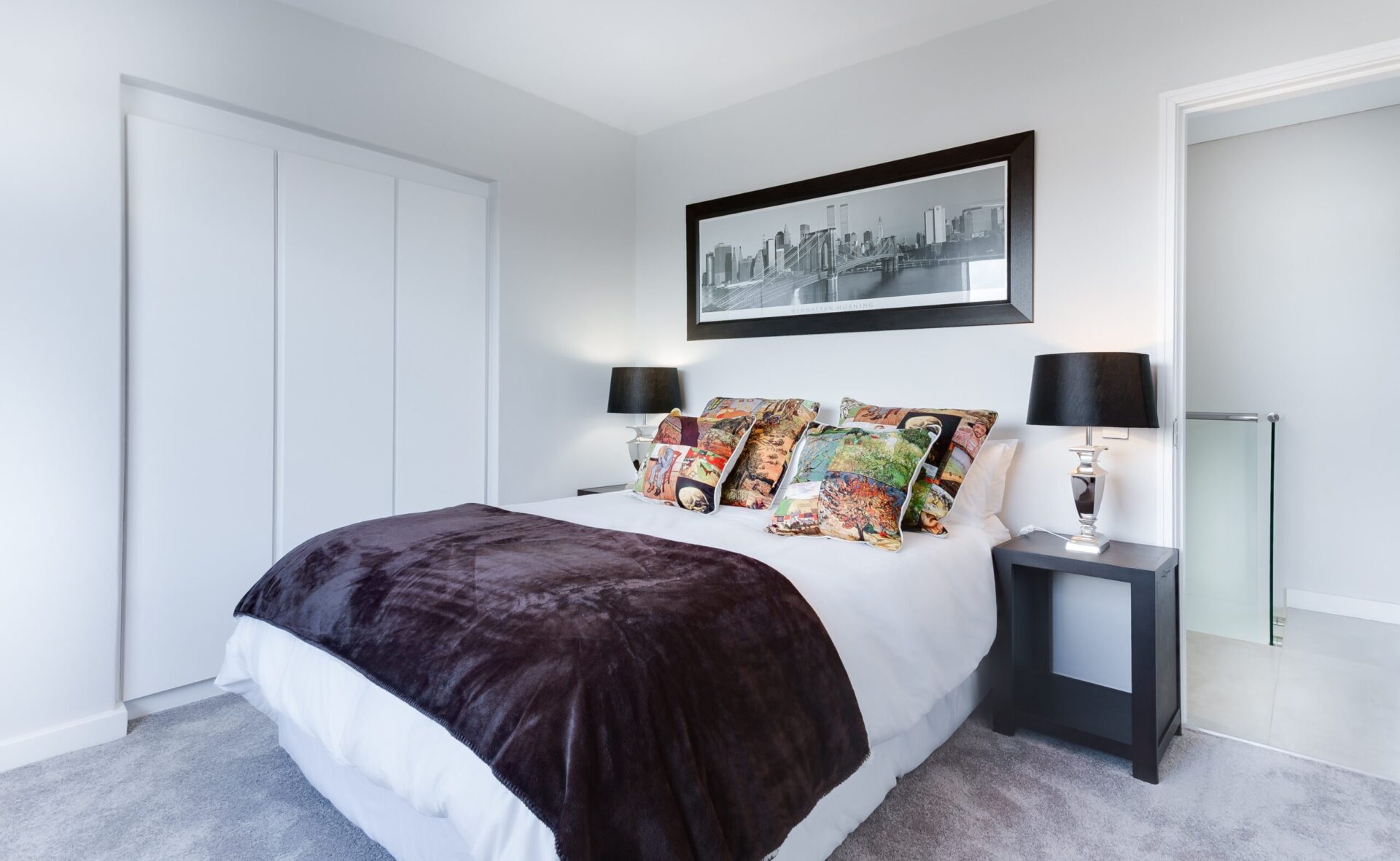LED light strips are an easy way to install lights in your floating bed. They are adhesive-backed and stick to the lower part of your frame. The top of the lower portion should be hidden behind the mattress. After you place the mattress, turn on the LED lights. This is a simple DIY project that will make your floating bed look attractive and modern. To install the lights, follow the simple steps outlined below. Read the instructions carefully.
Low-profile Design
There are several types of floating beds, and you can choose a low-profile bed with lights or a high-profile one that comes with overhead lighting. While low-profile floating beds have a minimalist design, they are often accompanied by headboards, side tables, or overhead lights. Low-profile floating beds have several disadvantages. For one thing, they’re difficult to get into and may not be ideal for people who have mobility issues. Additionally, moving a floating bed is a hassle, so be sure to do your research before purchasing.
For the base of a floating bed, you need a basic platform, skirting board above it, and a base frame. Next, you’ll install wooden slats across the top frame. Once you have everything set up, you can start adding the LED lights. Just make sure you place them outside of any lights that are already present. These low-profile floating beds have some unique features. In addition to being environmentally-friendly, these beds are also guaranteed safe.
Low-profile floating beds are more expensive than their higher-profile counterparts, but they can provide adequate support for a mattress. Floating beds can be attached to the wall, and sometimes include side tables, headboards, and storage drawers. Choosing a low-profile floating bed is an important decision, as a low-profile floating bed is likely to be the only one in your room. There are also some models that don’t offer adequate storage space or have a lot of other features.
The durability of a floating bed depends on the quality and durability of its frame. A cheap one will probably last you a couple of years. However, if you plan on using it for an extended period of time, a high-quality floating bed will last for a long time. A low-profile floating bed may be difficult to get into for some people, especially older people. Additionally, you’ll have trouble matching it with other furniture in your room.
Drawbacks
There are some advantages to having a floating bed with lights. These beds are eco-friendly and can help you achieve a beautiful suspension effect. They look very presentable and add a decorative touch to your room. They can be hung from a tree, a tripod, or any other structure. They are great for romantic nights. Drawbacks include lack of storage under the mattress. If you have a large room, they can also be difficult to hang on all walls.
You should make sure to consider your weight. Some beds have a weight limit that is higher than the other. This can increase support for heavier people and extend the bed’s lifespan. Some people also prefer to have a lighter bed as it is easier to clean. A floating bed can also be easier to clean than a regular bed. If you have dust mite allergies, a floating bed could be a good option. It is also convenient if you live in a small space and need to make more storage space.

Customizability
The most attractive feature of a floating bed with lights is its customization. This feature is ideal for privacy, but you can also use it for other purposes. Here are some ways to customize your bed:
Sturdiness
Building a floating bed frame isn’t difficult, but it’s not a quick project. You’ll need wood, a miter saw, and some basic woodworking skills. Typically, it will take about two or three days to build a full-size bed, including pocket holes, braces, and spacers. You’ll also need drill machinery, pencil, and a drill bit.
While you may want to build a floating bed with lights in your bedroom for a modern, sleek design, you should ensure that you choose a sturdy model that is secure and stable when assembled. You should also check the weight capacity, since floating beds are more likely to support large mattresses. If you’re unsure, you can place a sheet of moisture-resistant plywood underneath the bed. This will ensure that your body weight is evenly distributed and that you’ll have a healthy sleeping position.
If you’ve purchased a sturdy platform bed, you can use it to support your floating bed. It can be made with just a few basic tools, but you should also have a pair of saw blades and a pencil. The bed frame itself is fairly simple to put together, but you should carefully measure your wood pieces and cut them squarely. You should also mark the screw locations with a pencil. Once you’ve got a good frame, you can attach the bed with lights and other components.
The base of your floating bed is the main support system of the bed, so you should make sure it’s strong. You can paint or stain your floating bed frame to make it look more attractive. You can also add lights to the base if you’d like. And don’t forget to paint the sides. This way, you’ll have a bed that’s easy to clean, and that doesn’t look tacky.
Storage Space
Floating beds have several advantages over other types of beds, including their low-cost design, and their decorative appeal. However, these beds must be carefully chosen to accommodate the material conditions of the room in which they are installed. For example, they may not be a good choice for rooms with low ceilings, as the lack of storage space can cause knee and back stress. Also, floating bed frames often have storage space under them, but this is only practical for small items.

